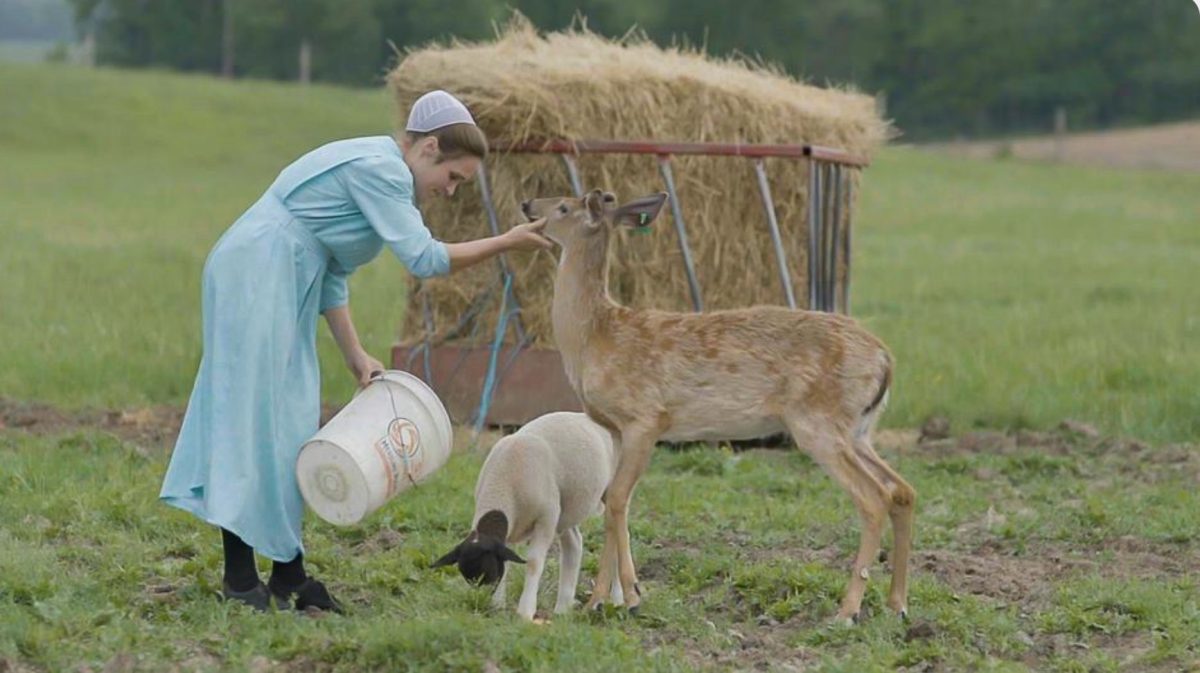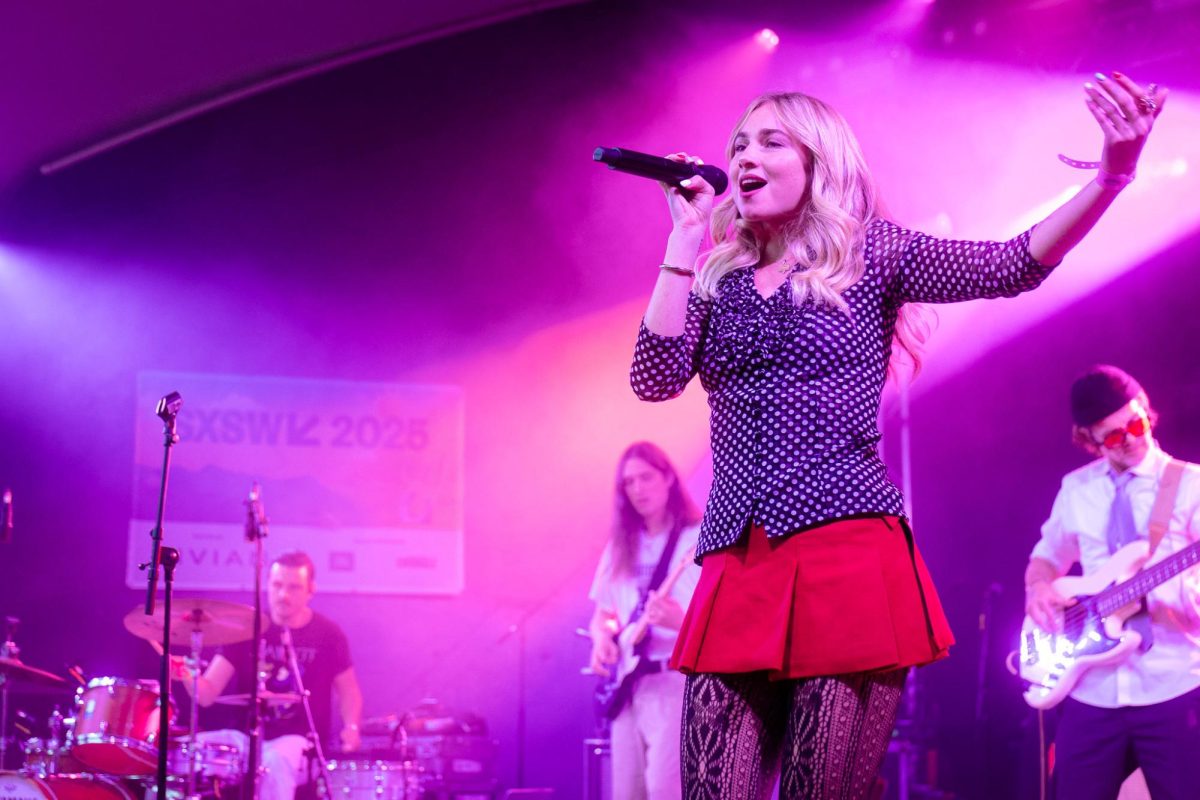The working woman is as thriving as ever, and there is no forgetting the iconic figure who symbolizes the upheaval of the male-dominated workforce.
Famous poster child Rosie the Riveter is the protagonist in the musical “Rosie,” which follows the story of a working woman who led the charge. UT is lending its facilities to this potential Broadway hit. The musical is in the process of securing producers while the cast has been volunteering their time preparing for a staged reading Saturday. The reading marks the first steps of what the actual production might look like. If the musical goes forward and receives support from producers, the University will procure billing. This entails UT being listed in a playbill as the first venue where the musical was performed.
Although there will be no costumes, props or a set, the reading will show prospective investors the elements essential to the musical. The cast includes about 30 singers and dancers, including students from the Department of Theatre and Dance and two UT graduates who are part of the musical’s creative team.“Rosie” takes place on Coney Island and is a fictionalized account of how the women of World War II became empowered to work toward the war effort through a historical backdrop.
At the start of the war, there was a great need for female laborers because of the many males sent overseas for combat. This necessity was contrary to the Great Depression, when unemployment was at an all-time high and women were essential to the survival of the United States economy. In an attempt to draw these women to the workforce, the government launched an ad campaign encouraging females to work in war-related industries. Norman Rockwell created the image of “Rosie the Riveter” in 1943, and it was printed in the Saturday Evening Post. The figure was to symbolize loyalty, efficiency, patriotism and beauty, gaining great popularity which lasts to this day.UT students, faculty and a few special guests from the community each have a piece of the puzzle that is the production, said Lyn Koenning, musical director and lecturer in the Department of Theatre and Dance. Running a new musical is very collaborative and cannot be done separately.
“The main thing for UT is being able to connect current students with alumni who are professionals in the business,” Koenning said. “That’s part of training, and we want our students to be professionals.”
Koenning is collaborating with country singer-songwriter Larry Gatlin, who is a part of the “Rosie” creative team. Gatlin composed the music on his guitar, and Koenning is writing the ensemble and musical notations while arranging the harmonies. The music has a 1940s feel and is reminiscent of the Andrews Sisters with elements of swing. Although the full-fledged production would showcase an orchestra, the staged reading will include piano, drums and guitar.
Johanna McKeon, a UT alumna and executive director of the musical, was approached by one of the authors of the book “Rosie,” Elizabeth Hemmerdinger, to help further the life of the work.
“It takes a long time to grow a musical,” McKeon said. “It’s difficult because it requires so many skilled people and time to see what works and what doesn’t work.”
McKeon brought in studio artist Michael Arthur to be a part of the production’s creative team. She and Arthur met pursuing their undergraduate degrees at UT and knew his specialty in improvised drawing would help create a unique set design. Arthur works at the Public Theatre in New York City, capturing performing acts through sketching and is filtering his experience at “Rosie” rehearsals.
“[Johanna and I] have had a lot of talks on how to do high-tech design projections,” Arthur said. “It’s important to us to create something visually unique and cutting-edge where we can rely on basic tools.”
Printed on Friday, September 16, 2011 as: Working woman's story told in 'Rosie' production.














